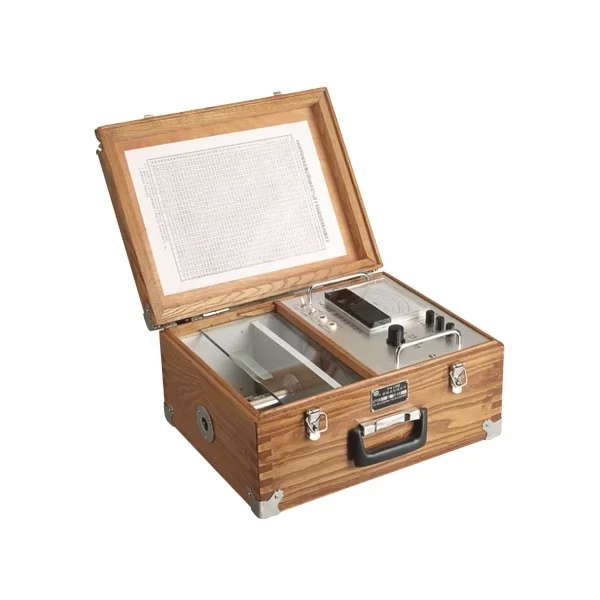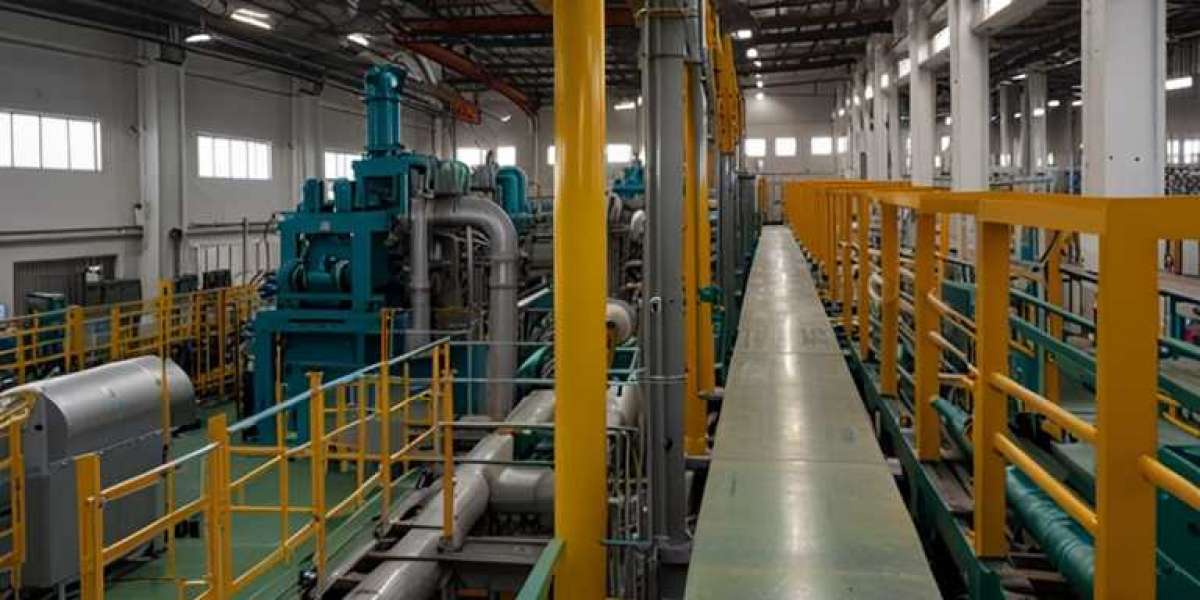In the vast expanse of the textile industry, the quality of raw materials plays a pivotal role in determining the final product's excellence. Among these materials, cotton stands out for its significance and widespread use. However, maintaining the optimal moisture content in raw cotton is crucial for ensuring its quality and usability. This is where the innovative technology of raw cotton moisture meters comes into play, revolutionizing the way quality control is conducted in the cotton industry. A prime example of this technology is the moisture meter developed by Ningbo Textile Instrument Factory, designed to measure the moisture regain of raw cotton with precision and efficiency.

Understanding the Importance of Moisture Control in Raw Cotton
Moisture content in raw cotton is a critical factor that affects various aspects of the textile production process, from harvesting and storage to processing and final product quality. Excessive moisture can lead to fungal growth, deterioration of fiber quality, and increased risk of fire hazards. Conversely, overly dry cotton can result in fiber brittleness and reduced yarn strength. Therefore, maintaining the right moisture balance is essential for preserving the integrity of the cotton fibers and ensuring their suitability for further processing.
The Role of Raw Cotton Moisture Meters
Raw cotton moisture meters are instrumental in providing accurate and rapid measurements of moisture content in cotton bales. These devices help farmers, ginners, and textile manufacturers make informed decisions regarding harvesting, storage, and processing conditions. By utilizing moisture meters, stakeholders can prevent potential quality issues and optimize the production process to achieve superior results.
Ningbo Textile Instrument Factory's Contribution
Ningbo Textile Instrument Factory has developed a cutting-edge raw cotton moisture meter that stands out for its precision and reliability. The key features of their moisture meter include:
Measuring Range: The instrument offers a measuring range of 7% to 12% for the upper layer and 9% to 15% for the lower layer of raw cotton, catering to the typical moisture content levels found in cotton bales.
Pressure Measurement Range: With a pressure measurement range of 735N ± 49, the meter ensures that the cotton sample is compressed uniformly for accurate moisture readings.
Compact Dimensions: The overall dimensions of 380×280×185mm make the device portable and easy to use in various settings, from fields to factories.
Power Supply: Operating on a DC voltage of 9V, the moisture meter is energy-efficient and suitable for use in remote areas without access to a continuous power supply.
The Impact of Moisture Meters on Quality Control
The introduction of raw cotton moisture meters has significantly improved quality control practices in the cotton industry. By providing real-time data on moisture levels, these instruments enable proactive measures to be taken to prevent quality degradation. This not only enhances the efficiency of the production process but also leads to cost savings by reducing waste and minimizing the risk of product rejections.
Conclusion
The role of raw cotton moisture meters in revolutionizing quality control in the cotton industry cannot be overstated. By offering accurate, reliable, and quick moisture measurements, these devices help maintain the optimal moisture content in raw cotton, thereby ensuring the production of high-quality textile products. Ningbo Textile Instrument Factory's moisture meter is a testament to the advancements in technology that are driving improvements in the textile industry. As the industry continues to evolve, the importance of such innovative instruments in maintaining and enhancing quality standards will undoubtedly grow.







